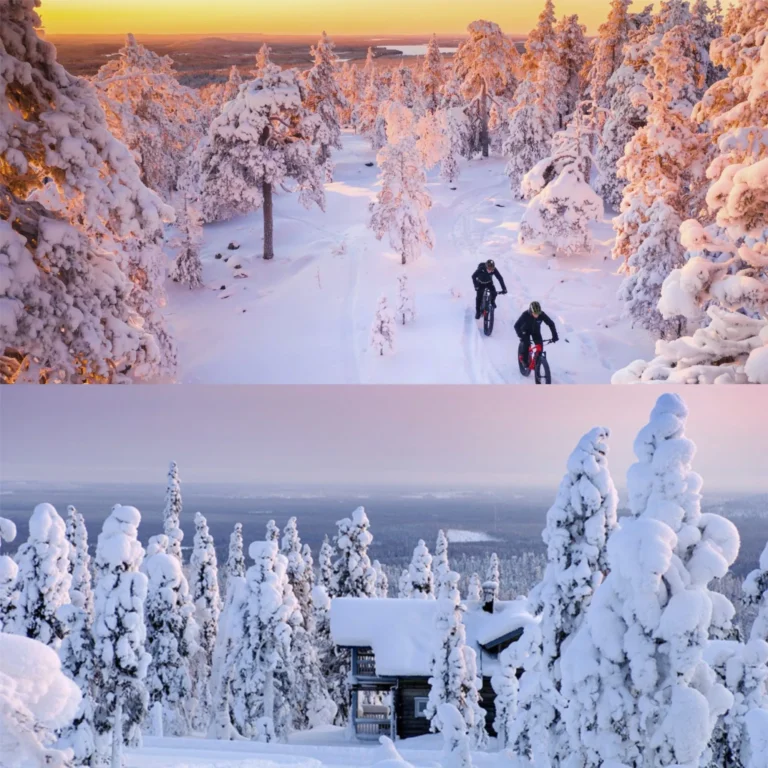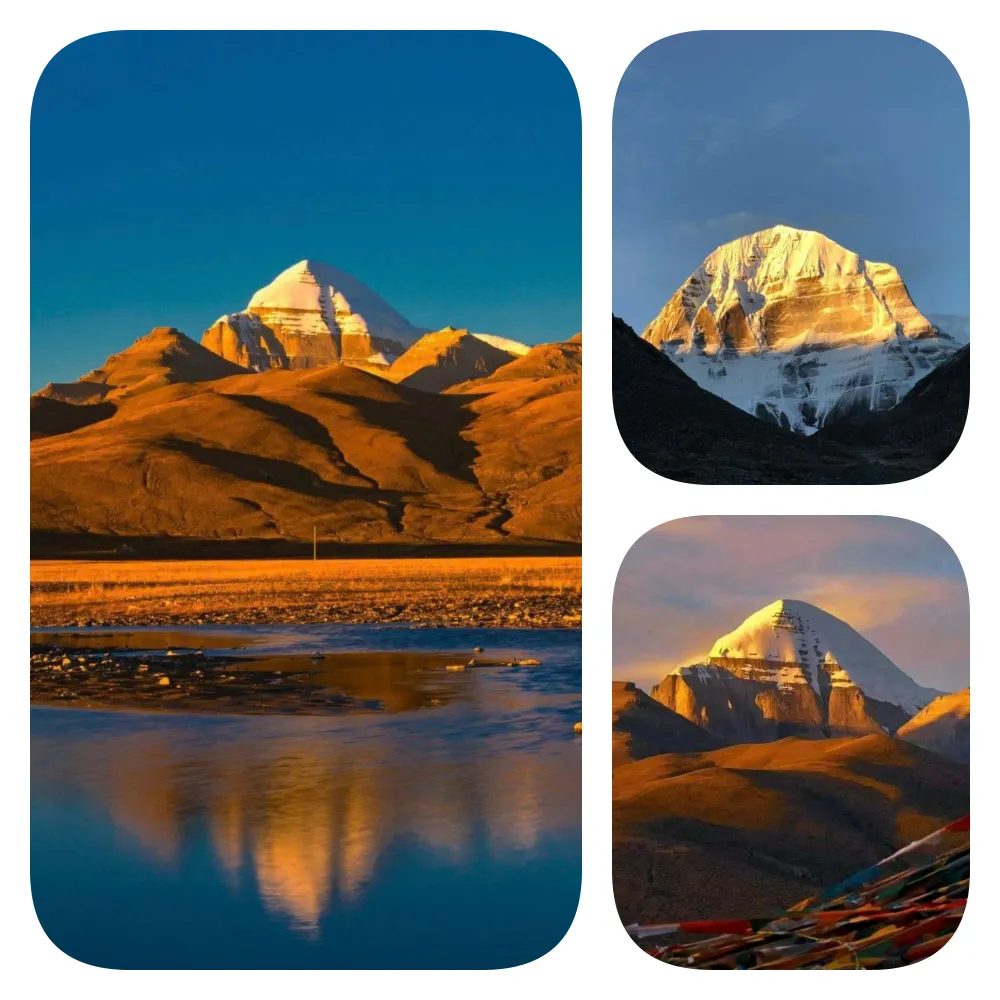
Mount Kailash: The Unconquered Pinnacle of Reverence
Mount Kailash, a name known to billions but summit unscaled, stands as a revered pilgrimage site in China. Despite its significance to billions of Buddhists, Hindus, and Jains, no one has ever been officially recognized for reaching its summit.
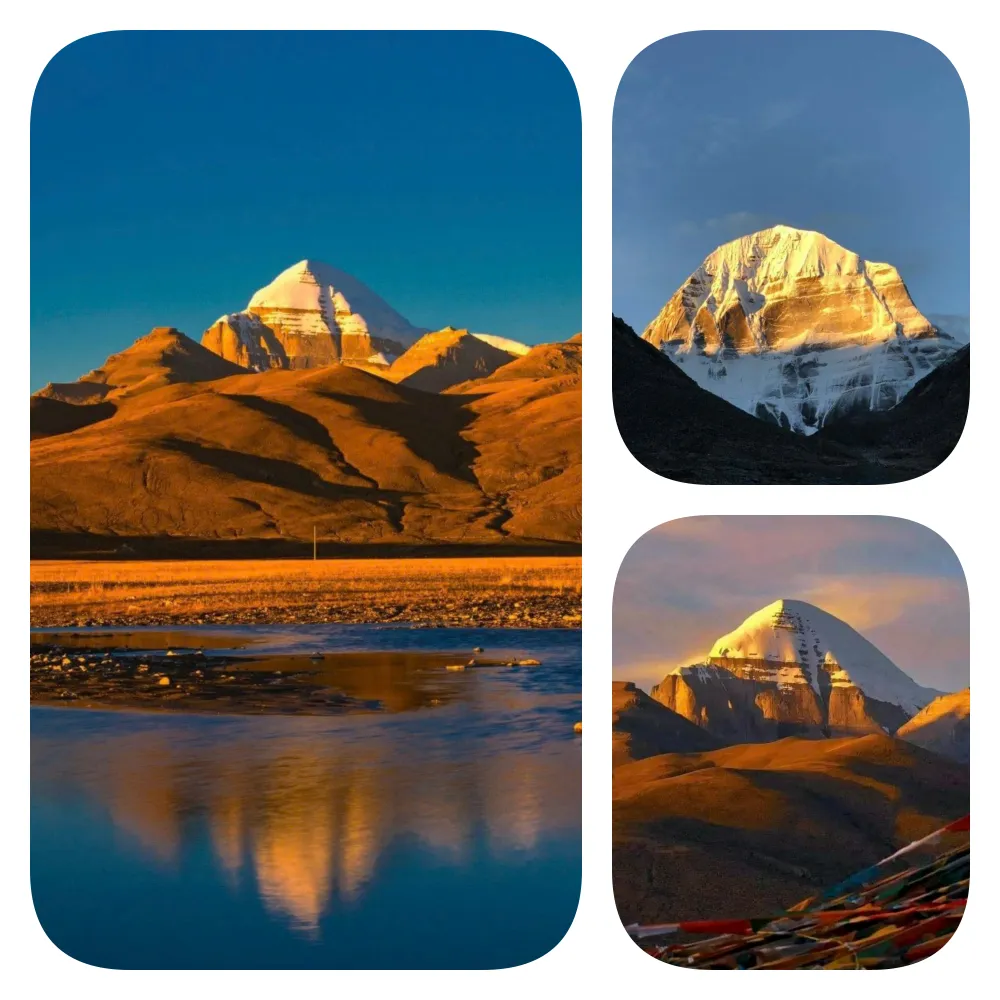
Located in the remote southwestern region of Tibet, China, Kailash—also known as Kangringboqe—is held in the highest regard by over one billion followers of Buddhism, Hinduism, and Jainism as the most sacred mountain in the world. Hindus believe it to be the abode of Lord Shiva, while others consider Kailash to be the legendary Mount Meru, the cosmic center and home of the gods in Indian culture.
To this day, no one has climbed the peak in a manner officially sanctioned by local authorities. According to the Times of India, climbing Kailash is prohibited due to concerns that it may disrupt the sanctity of the mountain. Legend has it that a monk named Milarepa once climbed to the top and returned to warn against disturbing the divine presence residing there. In 1926, Colonel R.C. Wilson of the Indian Army organized an expedition to the summit, but heavy snow thwarted their efforts.
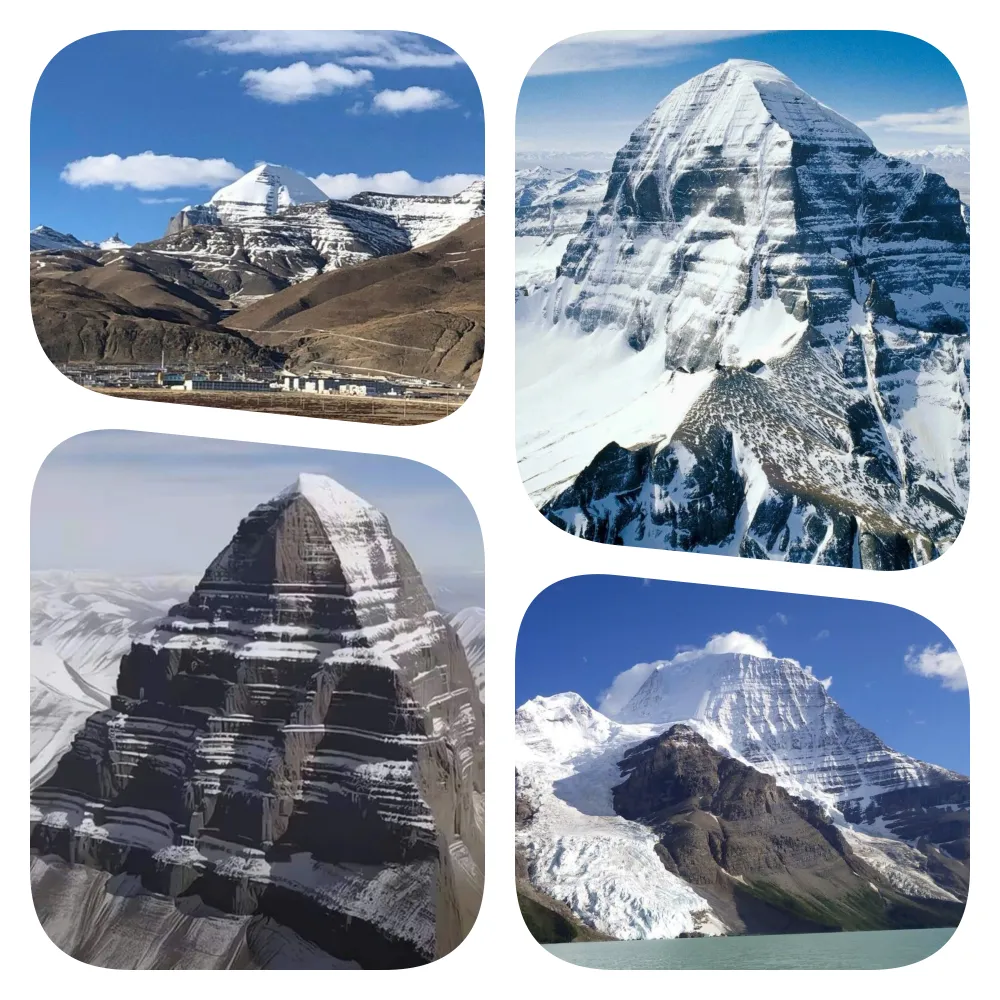
Beyond religious beliefs, mythology, and harsh weather conditions, Kailash also presents insurmountable physical challenges. “The mountain’s pyramid-like shape, steep slopes, and constant snow cover make reaching the summit extremely difficult,” states Tibet Vista, a Tibet-based travel company. Despite this, the mountain attracts thousands of pilgrims each year, guided by the World Pilgrimage website operated by National Geographic photographer Martin Gray.
From the standpoint of Tibet Vista, Kailash’s peak stands out among surrounding summits, with nearly vertical slopes making the ascent a “highly challenging” task.
Reaching Kailash requires perseverance due to the lack of direct flights, trains, or buses in the vicinity. The pilgrimage, known as “The Kora,” typically lasts three days. It begins in the town of Darchen at 4,600 meters and culminates at the Drolma La Pass at 5,650 meters. Pilgrims walk around the mountain three times in a clockwise direction or counterclockwise, depending on their beliefs. Wonders of Tibet advises that visitors prepare for 15-22 km of walking each day on what is described as “one of the highest routes in the world” and to train for three months beforehand.
The first day involves trekking the southern and western routes of the mountain, which are relatively flat and easier to traverse. The second day presents more challenging conditions as pilgrims head north and east through the Drolma La Pass. The final day is the shortest and easiest of the journey. If carrying personal belongings proves too difficult, pilgrims can hire yaks or local porters. Accommodations include camping or staying in basic lodgings at Drira-puk and Zutul-puk monasteries. Along the way, visitors will encounter Tibetan nomads, Indian pilgrims, and numerous sacred sites with stone carvings of mantras.
Many believe that circumambulating the mountain three times will absolve them of all their sins. At Shiva-tsal, a site along the route, pilgrims leave personal mementos like clothing or hair as symbols of past sorrows and to signify leaving their old life behind.
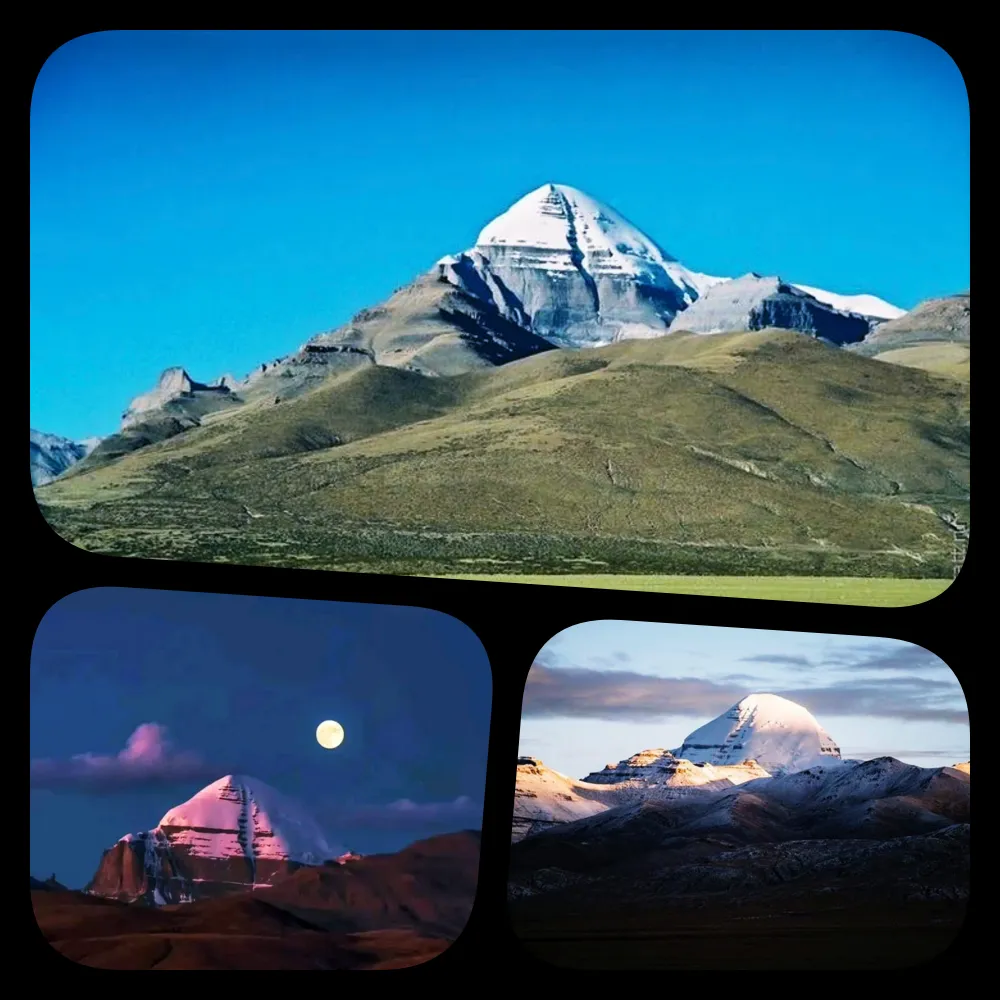
The peak pilgrimage season coincides with the Saga Dawa festival, running from early May to June, celebrating three major events in the life of Buddha Shakyamuni: his birth, enlightenment, and nirvana. Pilgrims must be between 18 and 70 years old. The best approach to reach the mountain is to fly or take a train to Lhasa, Tibet, from major cities in China or Kathmandu, Nepal, and spend a few days acclimating before driving to Kailash, a four-day journey. En route, travelers may stop in Shigatse and the ancient Sakya Monastery, or even detour to the northern face of Everest Base Camp (adding two more days to the trip). Recent improvements in road conditions and upgraded accommodations have made the pilgrimage less strenuous.
International visitors to Tibet must travel with a local tour company and obtain a permit from the Tibet Tourism Bureau.
